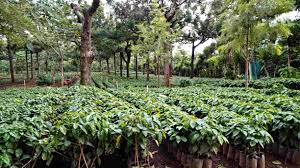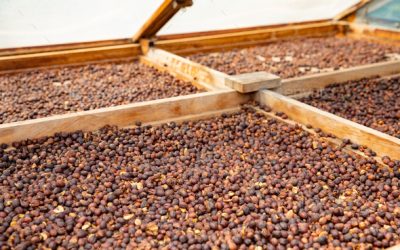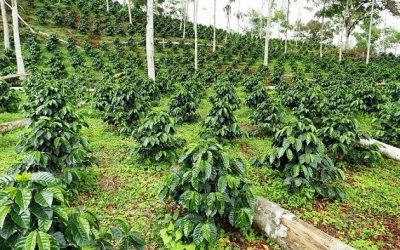Best practices for growing coffee

Coffee remains Uganda’s main cash crop as the top foreign exchange earner. But much of what is offered to the market is mainly influenced by the farmers.
Before the hurdles of post-harvest handling, a farmer goes through a tedious process to bring the best coffee.
– The right planting conditions include the right hole sizes of 2ft long by 2ft wide and 2ft deep. The best practice is to heap the top soil on one side and bottom soil on another side before manure is added. Young plants are provided a temporary shade and water. The garden should be kept weed free with mulching an option.
– Water bands: It is important to manage floodwater during the rainy season by establishing trenches in the garden. By keeping harvested water around the agricultural land infiltration and soil moisture are enhanced. The trenches should at least be 2ft in diameter and depth.
However, every after 10 feet, tie bands should be established to stop run off damaging the garden.
Tie bands are left undug. The spacing is mainly determined by the slop with more frequent bands in hilly areas. Soil bands should be repaired after every rainy season.
– Cover plants: Coffee plants should always be healthy and providing some shade is necessary. A healthy coffee plant is one that can produce high quality seeds. This is attributed to plant genetics, the environment and applied farm management.
A farmer may choose to manage shade trees especially in Robusta which can survive with a limited amount of sun.
Shade trees include albizia, avocado and mutuba. About 25 shade trees need to be planted in an acre.
– Desuckering: This helps to maintain a single stem and avoid competition from suckers.
Such secondary branches should be removed within 20cm of the main stem. They can be managed with a sharp object although the use of secateurs is better.
Pruning
Coffee becomes less productive as it ages. Therefore, pruning is a common way to stretch the lifespan of a coffee tree.
A coffee plant’s cycle is about 32 years although productivity dwindles after seven years.
The other option is re-planting but it takes longer time to re-establish the farm followed by about two years of no production.
There are two practices: single and multi-stemmed pruning. Pruning should be carried out at the end of the harvest season.
Generally, two-year-old secondary stems are found to be most productive, and this motivates coffee farmers to maximise the number of these within their plantations each year.
For trees that have grown tall, it makes it hard to reach the cherries and make picking less efficient. One must cut away any unproductive, damaged, unhealthy, or unnecessary branches and leaves using clean, angled tools.
Picking
Several farmers strip coffee yet it is recommended that selective harvesting is the best option.
Stripping harvests the coffee at once resulting in lots of varying maturation levels whereas selective picking takes care of only the ripest coffee cherries.
For the best value farmers need to pick the red cherries. It is very tiresome but pays a lot. When you pick you only get the mature beans which is the best for cupping.
Strip harvest can lead to dis-uniform drying and lower quality product.


